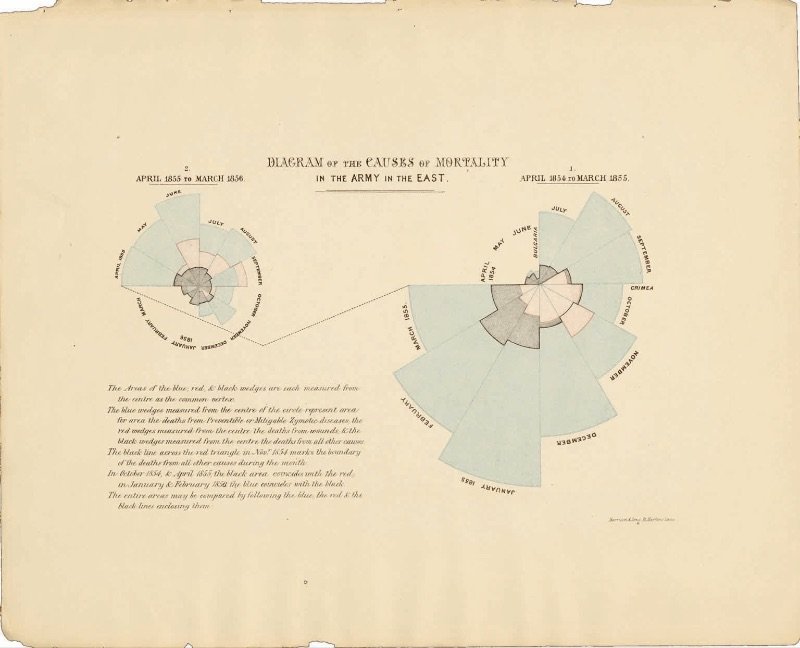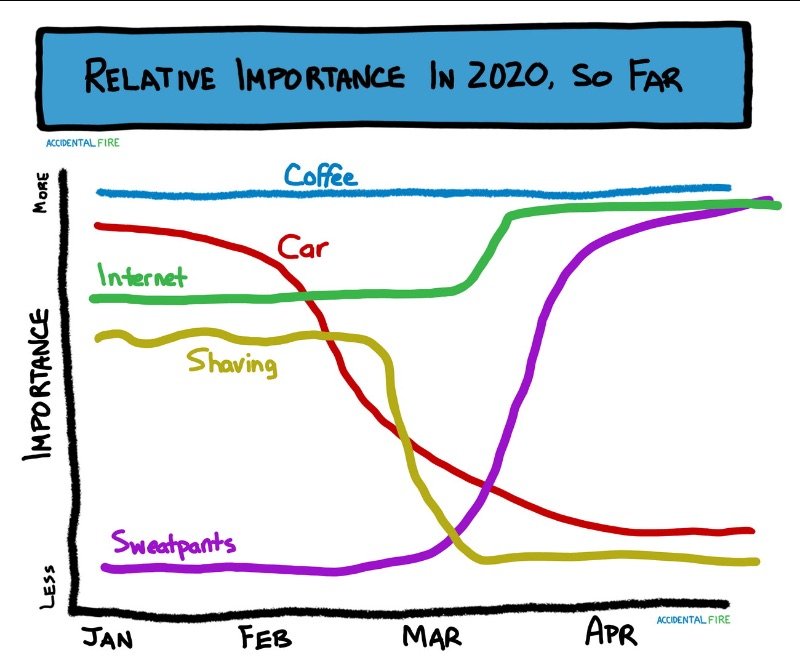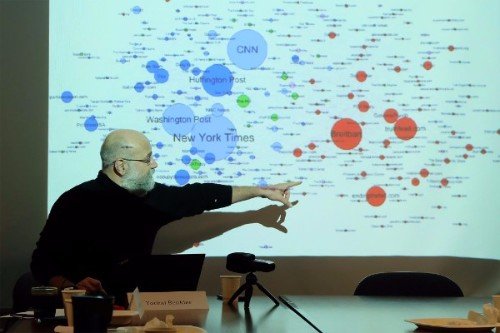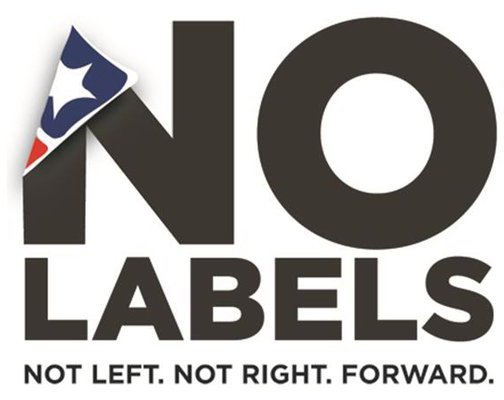News & views.
A collection of stories about data, public opinion and politics and news about our firm.

Political Reporting That Moves Beyond the Horse Race
We’ve spent years challenging the media’s obsession with horse race polling—here and here, for example—and calling for political coverage that goes deeper, exploring people’s priorities and values. So it was encouraging to see the findings from a new Nieman Lab report on an academic study of the Democracy SOS initiative, which examined how training in engagement-focused journalism influenced political reporting in swing-state newsrooms.

Using AI to escape conspiracy rabbit holes
A new study published in Science offers a promising insight into how artificial intelligence might foster a more constructive civic discourse. The research shows that personalized dialogues with AI can reduce belief in conspiracy theories, which are generally viewed as resistant to fact-based counterarguments.

Communicating about climate: The challenge of changing public opinion
A new report from Stanford University and Resources for the Future dives deeply into Americans' views on climate change. While 75 percent of Americans acknowledge that the earth has been warming over the past century, this figure is down from 83 percent in 2020—reflecting a subtle shift in public perception. Overall, attitudes on climate have been remarkably stable.
A plague of cheap polls—and its consequences
Each election cycle brings a new wave of firms touting proprietary methods and low-cost accuracy, but these promises often fall short, raising warning signs for anyone relying on the data.

Where have you gone, Greatest Generation?
We're fascinated by a paper published last fall that studies the decline in support for democracy in the United States between 1995 to 2019. The results show a clear pattern of generational decline, with each successive birth cohort since the 1940s being less supportive of democracy than the previous one.

Florence Nightingale, Visual Storyteller
A new book on Florence Nightingale reveals how the 19th century nurse, social reformer and statistician made the case for health reforms in the British Army. Author RJ Andrews describes how Nightingale "designed graphics to attract attention and engage readers in ways other media could not."

Winning Data Journalism in the COVID-19 Era
There may be no more important tool than data to guide leaders' responses to the pandemic, but it can be hard to make sense of a lot of information at once. Visualization can help us to understand data and identify trends.

The Role of Data Visualization in Media
It's not an easy watch, but we highly recommend this multimedia analysis by Vox on America's gun violence epidemic. It's among the most effective examples of data visualization we've seen. The straightforward charts, videos and hand-edits are central to the piece's argument, not distractions or add-ons.

Phone versus online and other considerations: A primer on nonprobability surveys.
You can't make smart decisions on messaging or campaign strategy if the data you're basing those decisions on isn't accurate.

Harvard Study on Partisanship, Propaganda and Disinformation
One interesting finding is that the coordinated right-wing media ecosystem successfully communicated a consistent story — and ultimately influenced the campaign. The study’s authors write that “both candidates got critical coverage but Trump had issues and he had scandals; with Clinton it was only scandals.”

Finding Goldilocks Solutions to Immigration Challenges
Despite generally partisan reactions to President Trump’s recent efforts to tighten our nation’s borders, Americans support nuanced immigration policy. They believe we should balance our humanitarian principles with efforts to ensure our security.

The American Public Wants Bipartisanship and Balanced Policymaking, in Healthcare and Beyond. Seriously.
If you look past the partisan rancor and protests, Americans believe – in overwhelming numbers – that a bipartisan approach to policymaking will yield better results.

No Labels Poll: Americans Demand Bipartisan Approach from Congress and Trump Administration
New research on the American public’s policy priorities for the new Congress and incoming Trump administration finds overwhelming support for bipartisan solutions in general and for healthcare in particular.

Why Intensity of Opinion is a Key Metric to Watch in the 2016 Homestretch
Intensity of opinion is even more important in public affairs campaigning than in the presidential election. Being able to identify your base of support and those who are persuadable on an issue is critical to the success of your effort.

How Do We Know? The Value of a Data-driven public Affairs Strategy
Without a foundation of data-driven insights to support our recommendations, we are only as good as our next brilliant idea. That’s not to minimize the importance of great ideas, but they are much more likely to achieve desired outcomes when built upon objective research.

Directing Moneyball Public Affairs Campaigns
The public affairs industry is dominated by old-school consultants who base their counsel on gut instinct or trade on relationships. We have more data and computing power at our fingertips to inform smart decisions than ever before, yet the industry resists a Moneyball upgrade. It’s a confounding situation.

Moneyball Public Affairs
As once was the case in baseball, the public affairs industry is dominated by old-school consultants who base their counsel on gut instinct or trade on relationships. A recommendation that client engagements should be built on a foundation of data is often met with blank stares. “What could a poll tell us that we don’t already know about a client’s situation?” But without evidence, how do you know your advice is sound?
